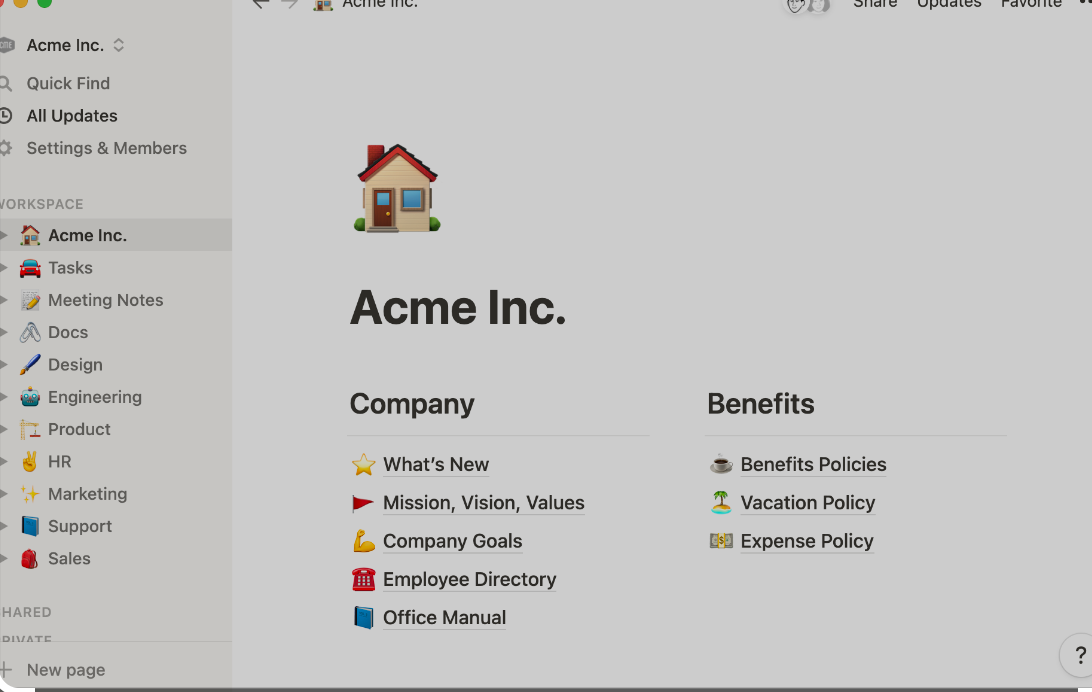Picture this: A potential customer asks ChatGPT about the best solutions in your industry, but your brand isn’t mentioned in the response. In 2024, this isn’t just a hypothetical scenario — it’s a new digital visibility challenge that businesses can’t ignore.
With nearly 65% of organizations now using generative AI (double from last year, according to McKinsey), the way people discover and research products has fundamentally changed. Your brand’s visibility in AI responses isn’t just another marketing metric — it’s becoming as crucial as your Google ranking was a decade ago.
But here’s the good news: while getting your brand featured in AI responses might seem mysterious, it follows specific patterns you can influence. Think of it as SEO for the AI age — except instead of links, we’re dealing with a new currency: mentions.
In this guide, you’ll learn:
How AI tools actually decide which brands to feature in their responses
Practical strategies to increase your brand’s visibility across major AI platforms
Common mistakes to avoid and best practices to follow
Step-by-step actions you can take starting today
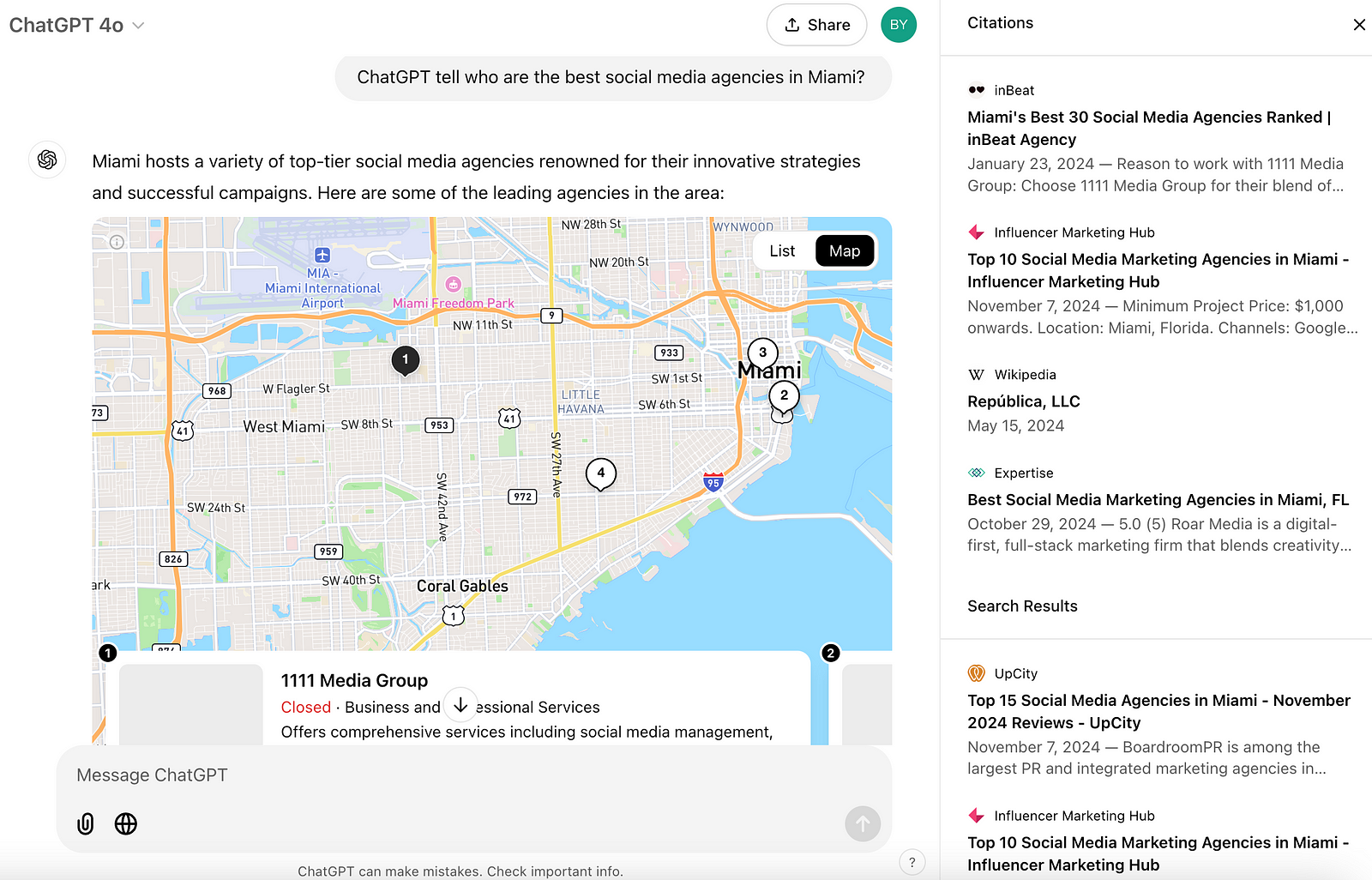
Source: ChatGPT
Understanding How AI Makes Recommendations
Let’s start with a fundamental truth: AI tools like ChatGPT don’t work like search engines. While Google uses links as a primary currency of authority, large language models (LLMs) operate on a different principle — they prioritize words that frequently appear together in their training data.
As Stephen Wolfram explained in his analysis of ChatGPT’s functionality, these AI models essentially predict which words are most likely to follow others based on patterns in their training data. For brands, this means visibility depends on how often and in what context your name appears alongside relevant topics and keywords.
The New Rules of AI Visibility: GEO over SEO
While traditional SEO remains important, we’re entering the era of what experts call “Generative Engine Optimization” (GEO). This new approach focuses on optimizing your brand’s presence specifically for AI tools. Here are the key factors that influence your visibility in AI responses:
1. Mentions Are the New Links
Unlike traditional search engines that rely heavily on backlinks, AI models prioritize contextual mentions. Here’s what this means in practice:
Quality of Mentions: Where your brand is mentioned matters more than how many times
Context Relevance: Your brand needs to be mentioned alongside relevant industry terms and solutions
Source Authority: Mentions from highly-cited sources carry more weight
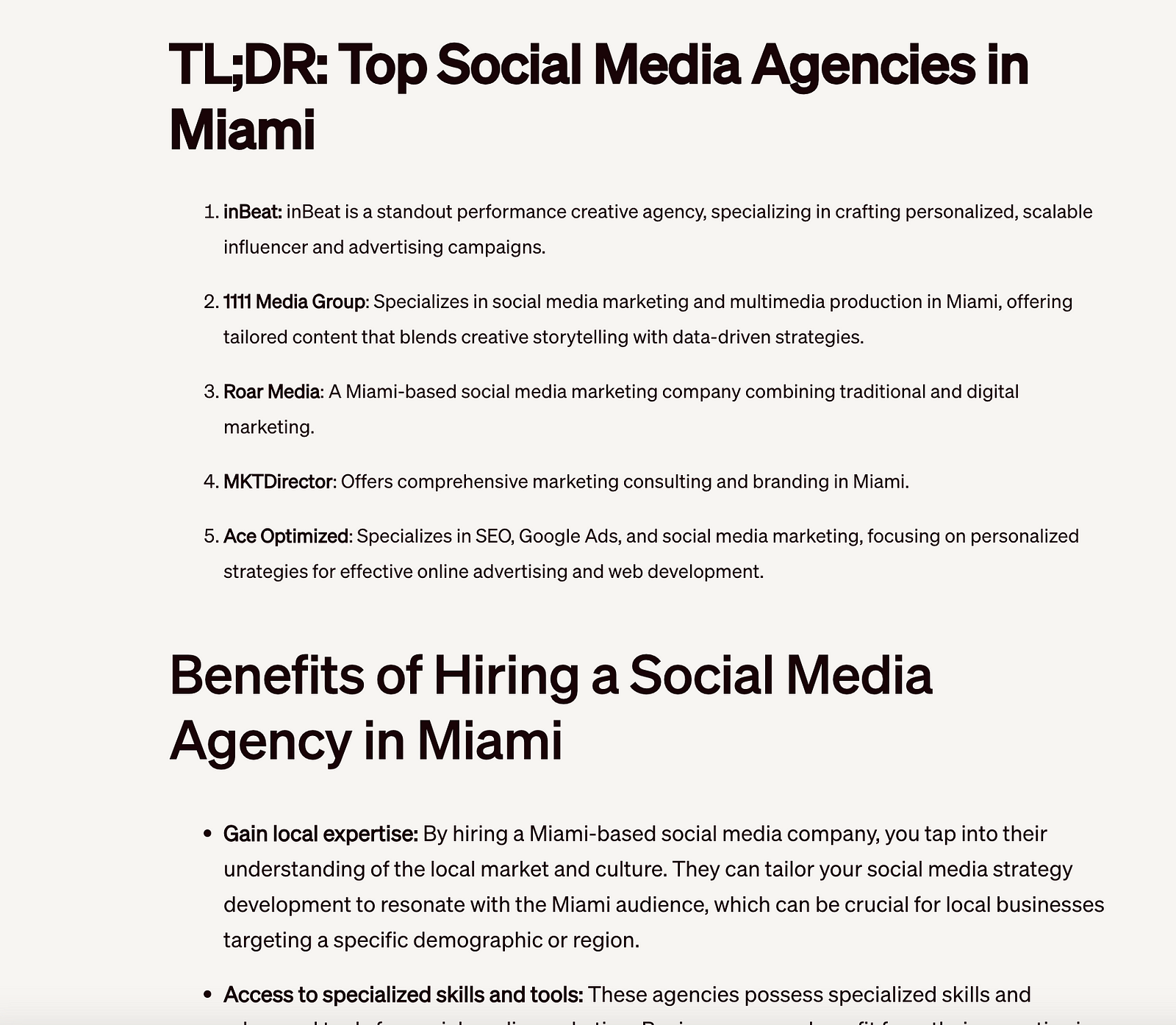
Source: ChatGPT link
2. Strategic Content Placement
To increase your chances of appearing in AI responses, focus on getting your brand mentioned in places likely to be included in AI training data:
✓ Industry-leading publications
✓ Well-established news sites
✓ Popular technical blogs
✓ Authoritative review platforms
✓ Academic and research papers
Building Your GEO Strategy
Understanding these fundamentals is just the beginning. The real challenge lies in implementing a strategy that consistently gets your brand mentioned in the right contexts. Let’s explore how successful companies are making this happen.
Consider the case of Notion, a productivity tool that frequently appears in AI responses about workplace collaboration and note-taking. Their success isn’t accidental — it’s the result of a comprehensive approach to digital presence that aligns perfectly with how AI models process information.
Creating Valuable Industry Conversations
The key to generating meaningful mentions isn’t just about pushing your brand message — it’s about contributing value to your industry’s ongoing dialogue. This might take the form of original research, thought leadership, or innovative solutions to common problems.
For example, when Figma revolutionized design collaboration, they didn’t just update their website’s SEO. They sparked conversations across the design community, got covered in major tech publications, and were discussed extensively in professional forums. This created exactly the kind of rich contextual environment that makes AI models more likely to reference them in relevant responses.
The Role of Expert Validation
One particularly effective strategy is leveraging expert validation. When industry experts, thought leaders and respected professionals discuss your brand, it creates high-value mentions that carry significant weight in AI responses.
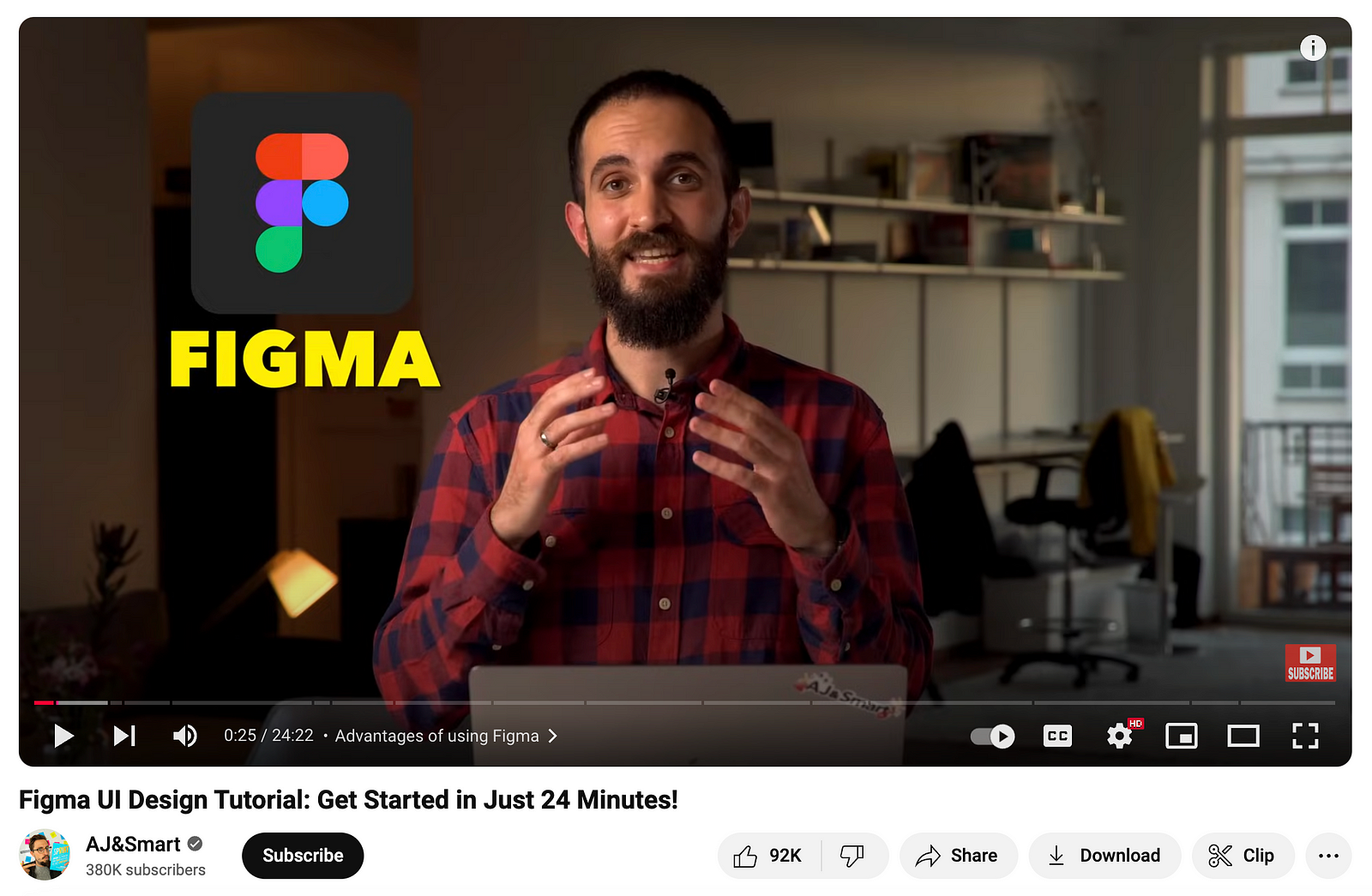
Source: youtube.com
Implementing Your AI Visibility Strategy
Moving from theory to practice requires a systematic approach. The companies that successfully appear in AI responses don’t rely on chance — they follow a deliberate strategy that encompasses multiple touchpoints across the digital landscape.
Auditing Your Current AI Presence
Before making any changes, you need to understand where you currently stand. Start with this simple audit process:
AI Response Check:
Query major AI platforms about your industry
Note when and how your brand appears
Identify competitors who appear frequently
Document the context of mentions
This baseline understanding will help you identify gaps and opportunities in your current visibility strategy.
Content That AI Models Love
The secret to appearing in AI responses isn’t just about where you’re mentioned — it’s about how you’re discussed. AI models show a clear preference for certain types of content and conversations. The most successful brands create content that:
Provides clear solutions to specific problems Offers unique insights backed by data Contributes to meaningful industry discussions Demonstrates genuine expertise in their field
Consider how HubSpot has mastered this approach. They don’t just create marketing software; they consistently publish comprehensive resources about digital marketing strategies, backed by original research and real-world case studies. This creates a rich context that makes them a natural reference point for AI responses about marketing technology.
One of the most overlooked aspects of AI visibility is the power of strategic partnerships. When two or more authoritative voices discuss your brand, it creates a compound effect that significantly increases your chances of appearing in AI responses.
Here’s what effective partnership strategies look like in practice:
Industry Collaborations The most impactful collaborations create newsworthy moments that generate discussion across multiple platforms. For example, when Slack and Salesforce announced their integration, it created waves of coverage that strengthened both brands’ positions in AI-generated responses about workplace productivity tools.
Expert Networks Building relationships with industry experts who regularly discuss your brand can create a network effect. These partnerships work best when they’re genuine and based on mutual value, not just promotional considerations.
Community Engagement Active participation in professional communities can generate the kind of organic mentions that AI models value. This isn’t about promotional posts — it’s about meaningful contributions to industry discussions.
Measuring Success and Adjusting Course
Tracking your progress in AI visibility requires a different approach than traditional SEO metrics. Here’s what you should monitor:
Mention Quality Metrics:
Frequency of mentions in key publications
Context relevance scores
Authority of citing sources
Response Tracking:
Appearance rate in relevant AI queries
Consistency of brand messaging
Competitor comparison analysis
The key is to look for patterns rather than individual mentions. Are you consistently appearing in responses about certain topics? Are your mentions increasing in quality publications? These trends will tell you if your strategy is working.
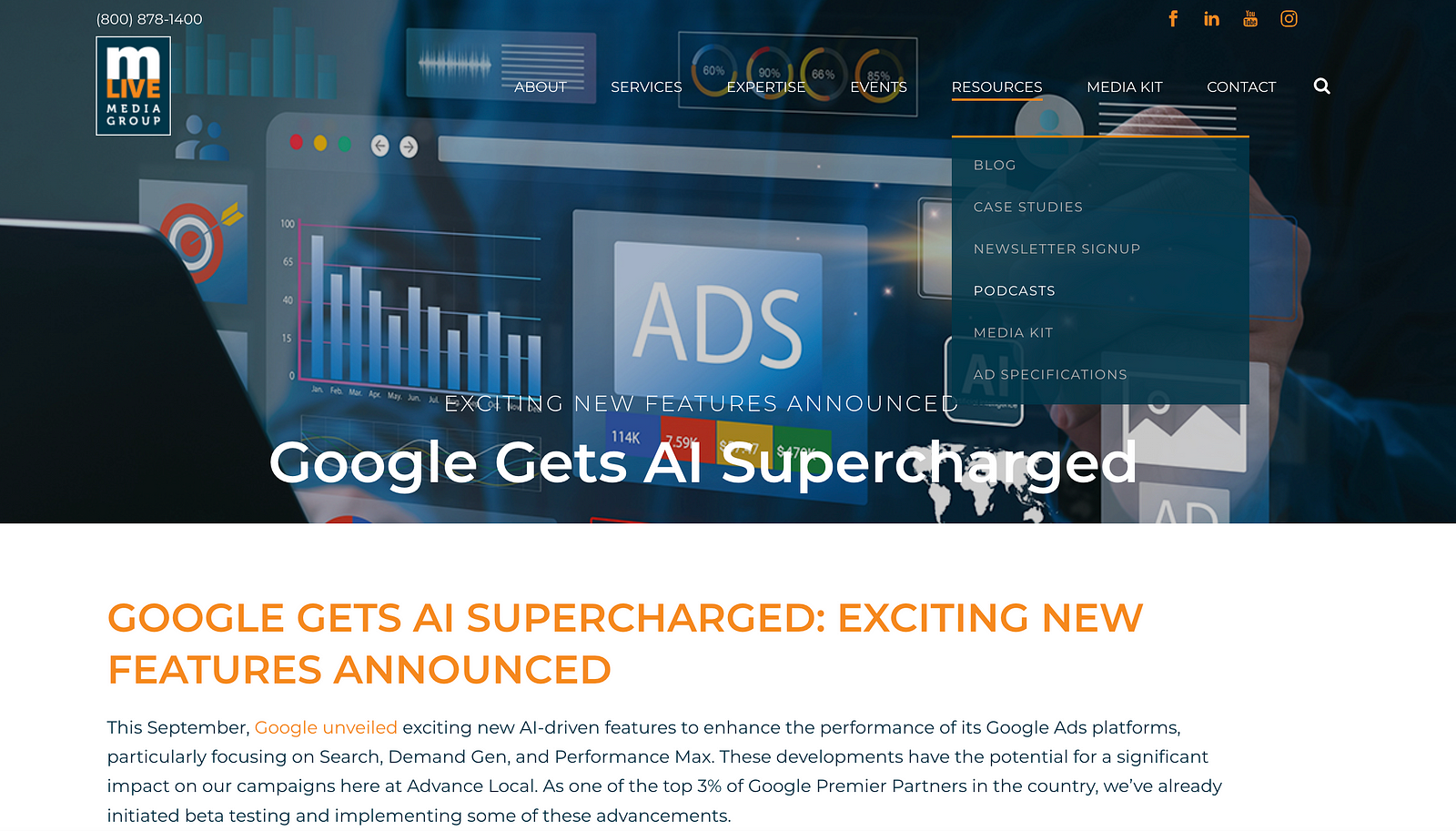
Future-Proofing Your AI Visibility Strategy
As AI technology evolves at a breakneck pace, staying ahead requires not just understanding current best practices but anticipating future trends. The landscape of AI visibility in 2024 is markedly different from what it was just a year ago, and it will continue to evolve.
Emerging Trends to Watch
The way AI models process and present information is becoming increasingly sophisticated. Here are key developments that could impact your visibility strategy:
Multimodal AI Integration:
AI systems now process text, images, and video
Visual brand presence becoming more important
Integration of multiple content types in responses
Real-Time Data Processing:
Faster indexing of new content
More current information in responses
Greater emphasis on timeliness
Understanding these trends isn’t just about staying informed — it’s about staying relevant in an AI-driven world.
Taking Action: Your 30-Day Plan
Theory without action is just wishful thinking. Here’s a practical 30-day plan to boost your brand’s visibility in AI responses:
Week 1: Foundation Building
Start with a comprehensive audit of your current presence. Document where your brand appears in AI responses and identify immediate opportunities for improvement.
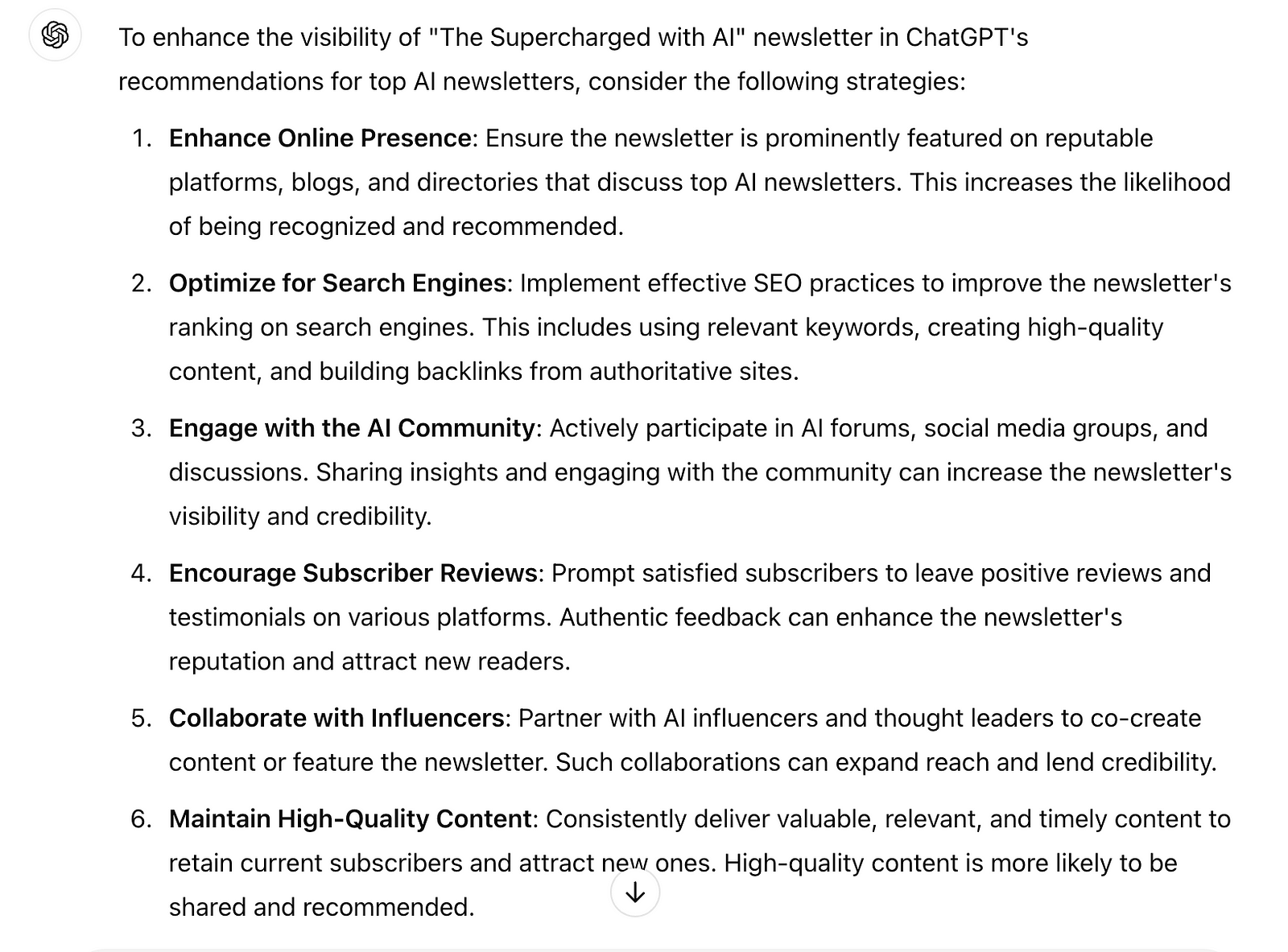
Week 2: Content Optimization
Focus on enhancing your existing content to make it more AI-friendly:
Update key company materials with clear, factual information
Ensure consistency in brand messaging across platforms
Create detailed, authoritative content about your core offerings
Week 3: Strategic Outreach
Begin actively building your presence in high-value sources:
Reach out to industry publications with unique insights
Engage with thought leaders in your space
Contribute expert commentary on relevant topics
Week 4: Measurement and Adjustment
Establish your monitoring system:
Track AI responses in your key topic areas
Document changes in brand mentions
Adjust strategy based on initial results
Common Pitfalls to Avoid
In the rush to optimize for AI visibility, many brands make crucial mistakes. Here are the most common ones to watch out for:
Over-optimization Just as keyword stuffing doesn’t work in SEO, trying to force mentions won’t help with AI visibility. Focus on natural, valuable contributions to industry discussions.
Ignoring Context Getting mentioned isn’t enough — the context must align with how you want your brand to be perceived and referenced.
Short-term Thinking Building meaningful AI visibility is a marathon, not a sprint. Quick fixes and shortcuts often do more harm than good.
Final Thoughts: The Future of Brand Visibility
As we look ahead, it’s clear that AI visibility isn’t just another marketing trend — it’s becoming a fundamental aspect of brand presence in the digital age. The brands that will thrive are those that understand this shift and adapt their strategies accordingly.
Remember:
AI visibility is about building genuine authority
Quality of mentions always trumps quantity
Consistency and patience are key to success
The landscape will continue to evolve
Start implementing these strategies today, but stay flexible and ready to adapt as AI technology continues to evolve. Your brand’s future visibility in AI responses depends on the foundations you build now.
Ready for success? Let’s go!
Exceed the Limits! ⚡
Elena
✓ What do you think about this post?
Sources:
